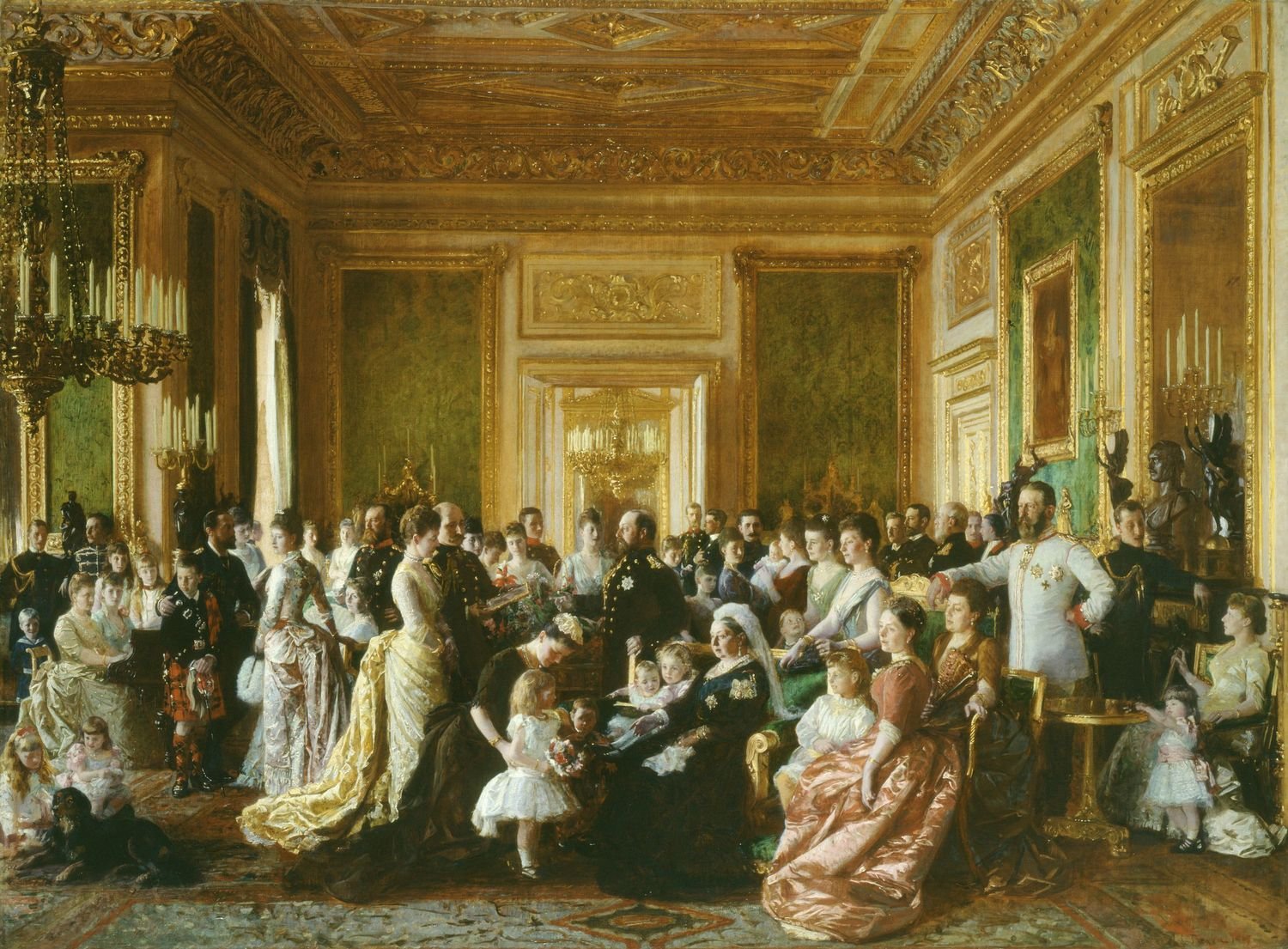
A Secondary Shool resource
Nicholas II (1868-1918)
Nicholas II was an ill-prepared monarch. He knew little of foreign policy or politics and he took the stance that he would only do what his father would have approved of. He would safeguard the principles of autocracy, but he was not the strong leader that Russia needed to fulfil that. At his coronation the St Andrew's Cross fell off of his neck at the high altar. This was taken as a bad omen. 5,000 people were trampled to death at his coronation yet the royals did not cancel their celebration ball. This decision was not taken well by the public and their privilege did not accord with rising communist thought.
During his reign, Nicholas II faced many challenges:
-
Multiple uprisings: When police killed over 1,000 protesters on ‘Bloody Sunday’ a year of revolution followed. It was a peaceful process but the result destroyed faith in the tsar. Workers' strikes paralysed the country.
-
Military challenges: In the late 19th century Russia increased its influence in the Pacific region, resulting in the Russo-Japanese War, a humiliating military defeat that ultimately undermined the monarchy. 25 out of 35 warships were lost. Additionally, the First World War saw massive losses with the deaths of 8 million Russian soldiers. The troops had been underprepared and inadequately armed. This led to claims that Nicholas II was a weak, indecisive ruler.
-
Power sharing: Nicholas agreed to limited power sharing with the first elected national parliament, the Duma. Whilst this satisfied some, for others it was too little, too late. In 1917 Nicholas II was asked to abdicate.
The Romanov’s spent five months arrested in their own palace before the tsar and his family were moved to Siberia. There they were murdered.




